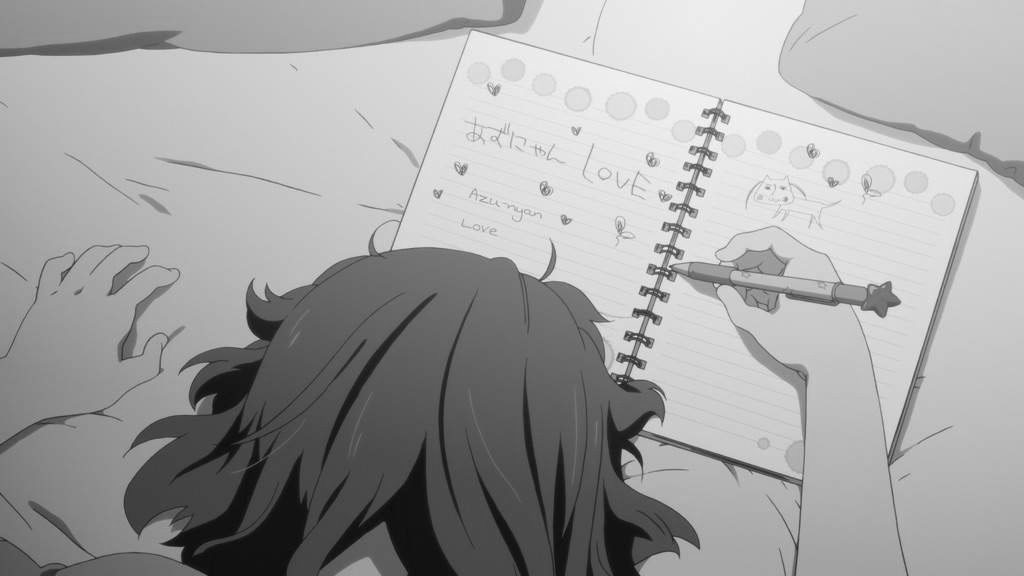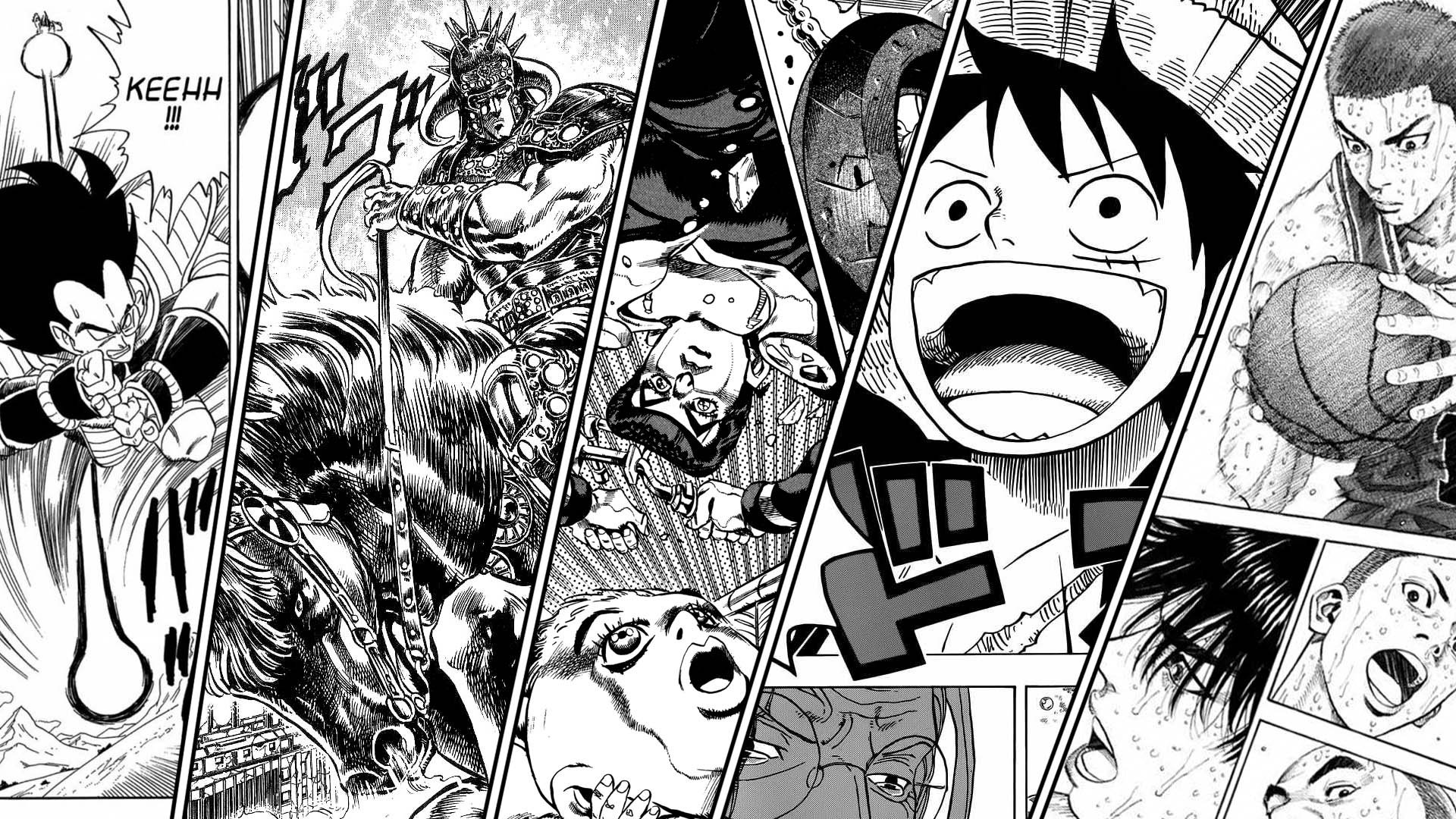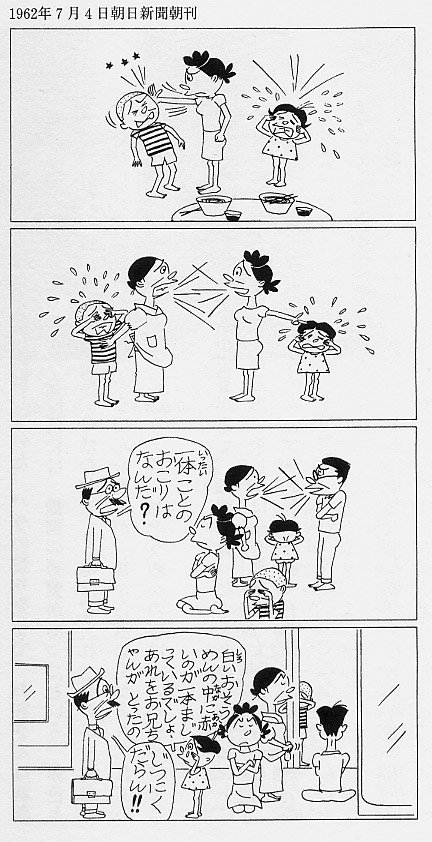The Sabukaru Manga and Anime Glossary

It can be difficult to dive into the world of manga and anime when you weren’t initiated into it at a young age, like most fans are. It’s understandable how some people’s knowledge about this Japanese subculture stops at skimming Studio Ghibli’s art to get a feel for what it might be or watch anime trailers on Netflix out of curiosity. Being confronted by a brand new vocabulary derived from a foreign language unlike any other is daunting, and though translations are readily available for most parts of the world, they don’t always cover the nuances the Japanese author kept loyal to the original.
Reading manga, or watching anime, is one thing, but one might refrain from diving too deep into the community out of confusion, or fear of getting winded up into becoming a full-blown otaku. It’s undeniable that negative stereotypes affect the credibility of anime and manga as a form of art and strip it of its world-changing beauty and versatility. Sabukaru curated a necessary glossary for those dipping their toes in this subculture, as a crutch to carry you in your first steps.
At its core, manga simply refers to comics or graphic novels that are made in Japan, and written in Japanese. There are no specific guidelines on what makes something a “true” manga, but there is a distinct style that comes with it: big, glittery eyes, expressive eyebrows, subtly disproportionate figures, intense facial expressions, and onomatopeia galore amongst others. Though they were introduced to the rest of the world during Japan’s economic Bubble Era in the 80s, they were considered a niche interest up until the noughties when the governmental soft-power launch project titled Cool Japan, exporting manga and anime in full force. Nowadays, they can be found in just about every large bookstore.
Anime is also of the same essence, the difference being that it is an animated motion picture, whether it’s a series or a movie. Animes were originally defined to be created in Japan, but since the style has been popularized elsewhere, it’s increasingly getting categorized by visual style and doesn’t have to be purposefully native to Japan.
Motion Pictures and Videos
OVA: the abbreviation for “official video animation”. OVA is the official term for animes and movies that derive from manga and video games and aren’t fan-made.
AMV: the abbreviation for “anime music video”. Usually a fan-made edit of anime clips combined with a song for a makeshift music video, commonly for dramatic and emotional effect.
Foundation Genres
Shonen: shonen literally means “boy”, and is the genre that targets this age and gender. Shonen usually is science fiction, and involves themes of fighting and sports.
Seinen: seinen translates to “young man”, and targets and develops into more mature genres and themes, such as historical dramas.
Shoujo: this translates to “girl”, and is aimed at young girls. Animes marketed to teenage girls are found under this name, and popular themes are romance, magical girl, drama, and slice of life.
Joshi: his translates to “woman”, and is aimed at a feminine audience past their teens. Themes found under this name are diverse and often resemble those of shoujo with mature or political commentary.
LGBTQ Genres
Yuri: Yuri is classically WLW [women-loving-women] stories. This genre is often aimed towards an 18+ audience, but many stories are void of adult content. Its target audience is lesbian readers.
Yaoi: also known as BL or Boy Love, yaoi is a genre that exclusively features MLM [men-loving-men] stories, targeted towards gay men but also women. Some stories are heavily sexually explicit, while some remain on the wholesome end of the spectrum. Many fanfictions, such as ships, are in this category.
Bara: this can be considered a subgenre of yaoi, as it is equally as MLM oriented but focuses more on “bear” types, featuring traditionally masculine men and more realistic portrayals of gay relationships minus the need to appeal to the female gaze. This is popular within the gay community.
Adult Content
Hentai: this is the name predominantly used by English speakers to address sexually explicit anime and manga. It serves the same role as pornography.
Ecchi: also called “H”, Japanese speakers use this instead of “hentai” to address the latter.
Subgenres and Styles
Eroguro: popularized during the late 20th century, the eroguro subgenre is a niche that crosses themes of horror, psychological thrillers, and gore, with erotic content, hence the name that derives from “erotic gore”.
Magical girl: this subgenre is popular within shoujo, such as Sailor Moon, and depicts a female protagonist with supernatural abilities, traditionally in a setting where good and evil forces collide.
Mecha: derived from the word “mechanic”, mecha is used to address anime and manga that showcase robots, cyborgs, and fictional technological advancements as the foundation of the story.
Doujinshi: this translates to “fan-made booklet/manga”. A doujinshi is a self-published manga, which is often fanfictions, but is not limited to a selection of genres.
Isekai: this subgenre is when the protagonists and characters get dwindled up in parallel worlds, or a combination of fictional worlds and timelines.
Yonkoma: this translates to “four cells”, and is a strip manga composed of four cells [images] that are read from top to bottom. The story is told in those four cells only.
Fan service: this is a phenomenon observed most in genres that lean towards mature audiences and can be considered the equivalent of softcore [pornography]. Fan service is when the author adds suggestive but not explicit scenes or depictions of popular characters to appeal to its fans.
Chibi: chibi is a style that illustrates characters in a small and cutesy way, shrinking their proportions to that of a doll. This is used to emphasize innocence or cuteness.
Characters and Archetypes
Senpai: in Japanese society, a senpai is anyone who is older, wiser, or of a higher status, such as a friend in a grade above or a manager. People are expected to treat their senpai with a balance of respect and camaraderie.
Kouhai: the kouhai, on the other hand, is anyone who is younger, lower in status, or a beginner. The senpai is expected to teach their kouhais, and look over them. The senpai-kouhai relationship is seen often in manga and anime as it is an integral part of everyday life.
The Dere archetypes: “dere” is a suffix that is used to describe popular anime or manga character archetypes in romantic settings. This suffix comes from “dere dere”, which means “lovey-dovey”. Words such as yandere [mentally ill + lovey dovey], tsundere [grouchy + lovey dovey], dandere [silent + lovey dovey], and kamidere [god complex + lovey dovey] are amongst the most popular descriptors.
Miscellaneous
Kabedon: a situation where a character’s romantic interest pins them against a wall, to add tension and abrupt escalation.
Omake: a special feature, typically near the end, of additional content. An omake is usually comedic and lighthearted.
Tsuzuku: this is translated to “to be continued”, as seen in the iconic JoJo’s Bizarre Adventure outro.
Moe: describes the feeling of aggressive cuteness when coming across an awe-inducing character.
Ahoge: a single hair strand that sticks out of a character’s head to symbolize stupidity or immaturity.
Written by Mizuki Khoury





















